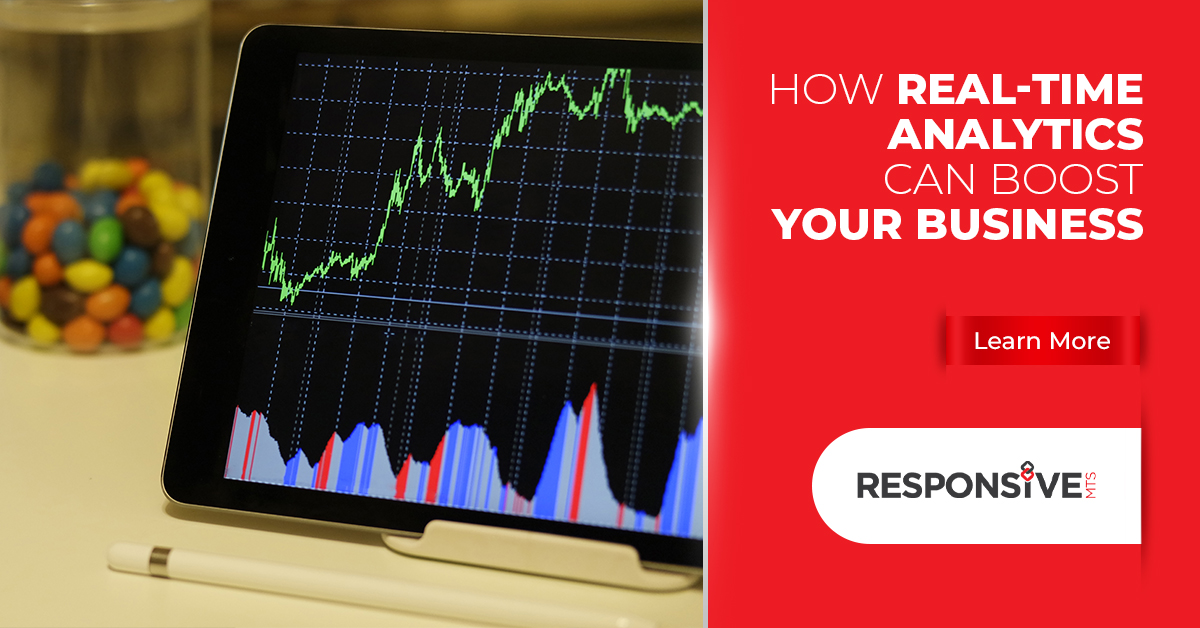We hear it all the time: “The world is changing so fast these days, it can be hard to stay on top of things.” But you know what? It isn’t.
Your brain has been making decisions for you since the moment you woke up this morning. And so has your company’s business intelligence system.
Think about it: every time your brain makes a decision, it’s using information that’s already in storage—information that has been collected and processed by your body and mind over years of experience. Your brain doesn’t need to make a new decision every time there are new data points; it just needs to know how to use those data points in conjunction with the information from previous experiences.
And guess what? Business intelligence systems work exactly the same way! In fact, they’re not unlike how a human brain would operate—constantly collecting, processing, and analyzing data in real-time. The continual process is the foundation of intelligent decision-making that can be used by companies to make both short-term and long-term plans.
What is real-time analytics?
If you’ve been hearing the term “real-time analytics” thrown around, but you’re not quite sure what it means, we’re here to help!
Simply put, real-time analytics refers to the process of preparing and measuring data as soon as it enters the database. In other words, users can generate insights and draw conclusions immediately.
Real-time analytics allows businesses to react without delay. They can help prevent problems before they cause any problem. Real-time analytics doesn’t just look into recent transactions, however; it also looks at patterns from a historical perspective. It predicts what will happen in the future based on past events. This gives organizations a complete picture of how they can capitalize on current trends and how they can adapt to future changes.
How does Real-Time Analytics Work?
Real-time data analytics works by extracting or implementing data into the system. To push big data into a system, it needs streaming. But streaming requires many resources and may be impractical for certain situations.
For real-time data analytics to work, the software needs the following components:
- Aggregator:Extracts real-time data analytics from a wide range of available sources
- Broker:Makes sure the data is available
- Stream Processor: Implements logic and performs analytics in real-time by cross sending and receiving data.
- Analytics Engine: Compares the values of data and streams it together while performing analysis.
Who Uses Real-Time Data Analytics?
Real-time data analytics is a necessity in modern data architecture. It helps businesses drive value from the data they generate and know how to market their products or services more effectively. It also helps sales teams build relationships with customers, close sales, and sell more effectively.
Marketing teams use real-time data analytics to better understand their customers and serve them more effectively. They can track the performance of campaigns in real-time and adapt their approach accordingly. And they can analyze customer behavior in real-time to increase engagement and conversions
Sales teams use real-time data analytics to gain insight into customer behavior that can help them sell more effectively. They can get immediate feedback on how their products and services are performing, which helps them build relationships with customers and close sales
Customer service teams rely on real-time data analytics to provide superior service to customers. They can identify issues as they arise, enabling them to solve problems before they become a crisis. IT departments use real-time data analytics to monitor the performance of IT infrastructure to prevent downtime and ensure availability. Operations teams use real-time data analytics to make sure that production processes are running smoothly, minimizing waste and increasing efficiency.
In a world where big data is the focus of so many different industries, it’s no surprise that the number of uses for real-time data analytics has exploded in recent years. If you wish to learn further, connect with our experts at Responsive MTS. We will help you navigate the digital world with finesse!
